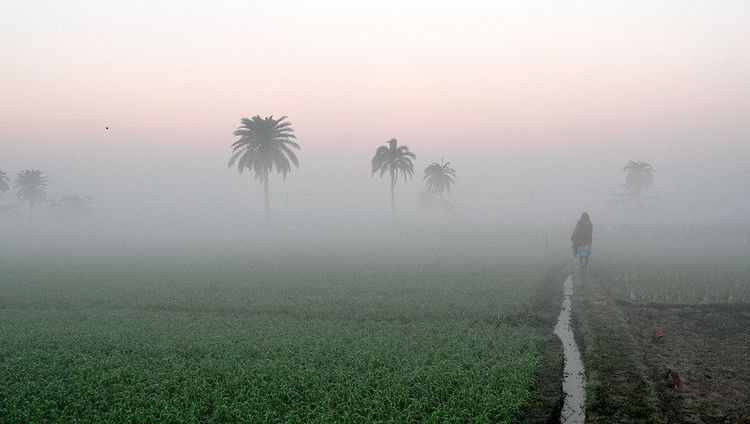Kendrapara: The district has no mines, railways and industrial units, but its air and water are increasingly getting polluted. This has been pointed out by the State Pollution Control Board in its survey report in November, 2021.
As per the survey report, the air quality index (AQI) 129 crossed green, yellow zones and touched orange zone. The air particulate matter (PM) has risen above 2.5 level. This has set the alarming bells ringing for people.
Environmentalists have expressed concern over the rise in air and water pollution in the coastal district. “If air and water pollution is not curbed with effective measures, AQI will reach red zone,” they observed.
Lecturers Debiprasad Sahu, Bhubanmohan Jena, Khitish Kumar Singh and environmentalists Hemanta Kumar Rout and Ashok Kumar Swain said it is really a matter of great concern as air and water pollution is on an upward trend in Kendrapara which has no industries at all.
If AQI remains within 0-50, the air quality is considered to be in green zone. Quality air will only ensure good health for the people.
If the AQI is within 51-100, it is considered to be in satisfactory zone. If the AQI is within101-250, it is considered as moderately polluted or in yellow zone. If the AQI is within 251-350, it is considered as yellow zone poor.
People living in yellow zone are prone to suffer various skin, respiratory, liver diseases and even cancer. The SPCB had monitored the air quality of some industrial areas in the state and also Kendrapara.
The report stated that while no industrial activities were being carried out in the district, industries operating in neighbouring district are believed to be polluting its air and water.
The industrial areas on the banks of the Brahmani and Mahanadi rivers are discharging effluents into their water. These two rivers pass though Kendrapara and merge with the sea.
The toxic fumes emanating from industries in Jagatsinghpur, Jajpur and Cuttack pollute the air in Kendrapara.
The fall in air and water quality has been affecting life, agriculture, biodiversity and marine species.
In March, 2021, the Central Pollution Control Board in its report has pointed presence of nitrate, iron and fluoride in excessive amounts in the groundwater in the district.
PNN
